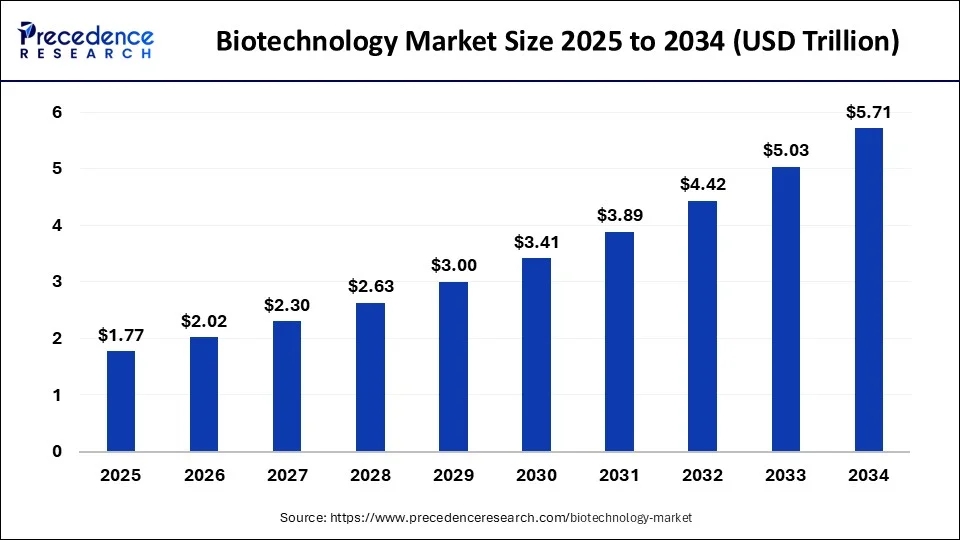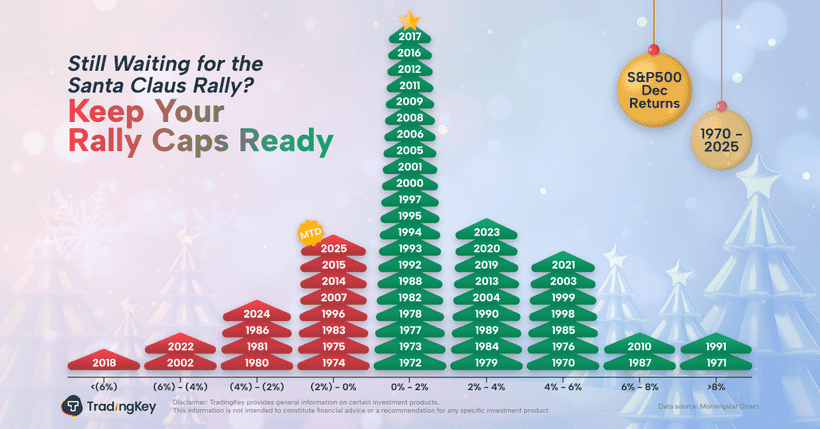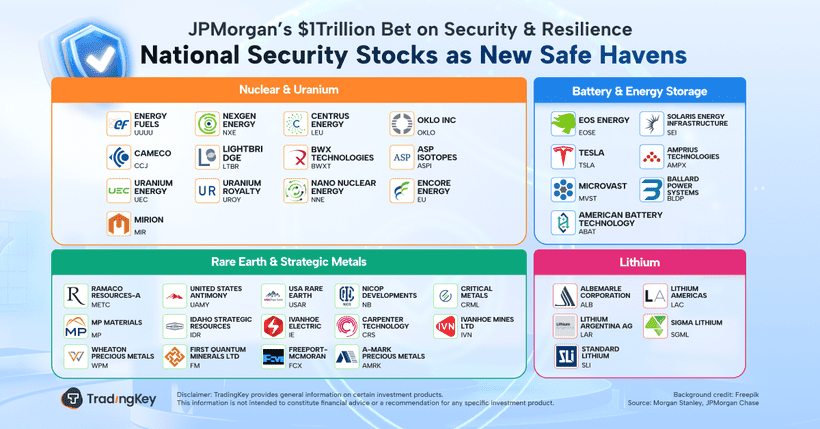Investing in Biotech

- Biotech is evolving from a speculative niche into a core pillar of global healthcare, fueled by breakthroughs in gene therapy, mRNA, and AI-driven drug discovery.
- Structural tailwinds, aging populations, chronic disease growth, and improved R&D translation, are driving sustained market expansion and long-term investor interest.
- M&A activity is surging as pharma giants target innovative small- to mid-cap firms, while select leaders like Vertex and Regeneron offer compounder stability.
- A balanced biotech strategy blends near-term catalysts with durable pipeline leaders, diversified across therapeutic areas and development stages to manage risk and capture upside.
The biotechnology sector is witnessing a robust rebound led by innovations in genetic science, the technologies of mRNA, drug discovery with the aid of artificial intelligence, and the latest wave of biotech consolidation throughout the sector. What were once hazardous biotech playgrounds for speculative funds, today's biotechnology incrementally is turning out to be the keystone of worldwide infrastructure of innovation as well as medical care.
For investors, this transition holds the unusual blend of the potential for expansion, scientific disruption, along with long-term strategic value, offered with the aid of selectivity as well as discipline.
Biotech’s Boom Has Deep Roots in Structural Shifts
Its latest run of momentum isn’t happenstance, it has deep roots in long-term structural changes. Breakthroughs in immunology, targeted therapeutics, and precision medicine are coming together with increasing global demands for healthcare, everything from aging to treating chronic illness. As biotechnology becomes further embedded within the fabric of therapeutic and diagnostic innovation, its market size will grow substantially. It has become clear to investors that this is no longer a fringe market, it's a mainstream driver of innovation with compound annual growth rates beyond those of most traditional industries.
From gene treatments to desired antibodies, the technology itself becomes all the more translatable to commodifiable products, thus closing the R&D costs to monetizable innovations chasm. Government investments, digitalization of medical sciences, as well as global pandemics, further restructured the public-private partnerships, making it simpler for a more stable platform for drug discovery alongside navigating the regulations.
Therefore, the global biotechnology market, valued at $1.55 trillion in 2024, is projected to surge to $5.71 trillion by 2034, driven by a 13.9% CAGR, with North America leading in current revenue share and Asia Pacific poised for the fastest expansion.

Source: https://www.precedenceresearch.com
Shapers of the Future
Biotech's resurgence is being triggered by a few major shifts. First, the advent of AI in drug discovery has lowered time and expense hurdles for the early stage of development. Platforms based on machine learning for protein folding, molecular modeling, and clinical trial analysis in real time are now included within the innovation stack. Second, technologies for CRISPR and gene editing, formerly theoretical, are delivering encouraging clinical outcomes for indications such as sickle cell disease and rare cancers.
At the same time, the M&A market is back to action. Big pharma companies with patent cliffs on the horizon are actively buying small to mid-cap biotechs with late-stage pipelines or platform technologies. Such strategic purchases add revenue visibility without taking all risks on the inside while maintaining high innovation velocity.
There are, however, challenges remaining. Venture funding, while still present, has become more discriminate, especially for pre-revenue businesses. Sentiment on the public market continues to be highly reactive to clinical trial data, creating volumes of volatility. But for seasoned investors attuned to the science and the signs, these risks can be mitigated with portfolio discipline.
The global AI in drug discovery market, valued at $1.5 billion in 2023, is set to soar to $20.3 billion by 2030, fueled by rapid adoption in oncology, infectious disease research, and drug repurposing, with North America leading today and Asia Pacific emerging as the fastest-growing region.
.jpg)
Source: https://www.grandviewresearch.com
Leadership of Long-Term Compounders
Other than the dream-stock or even event-driven ideas, there is a group of biotechnology companies that look like blue-chip compounders. Vertex Pharmaceuticals has developed a dominant niche within the space of cystic fibrosis but continues to expand into the space of pain treatments as well as gene editing. Regeneron is an ophthalmology and oncology giant with a deep-pipeline as well as commercial traction.
They possess stability, scale, and proven R&D-to-revenue conversion, offering a bedrock of quality to the biotech-centric portfolio. Though not having the possibility of sudden breakthroughs, predictability and transparency of the pipeline help them become familiar anchors of the otherwise highly unpredictable biotech sector.
Strategic Framework for Exposure
Optimal biotech investing is not binary either; the right mix is a mix of short-term catalysts with long-term convictions. The focus has to be on clinical differentiation, ip protection, robustness of the balance sheet, along with the soundness of the management teams. Reading between the lines of the trial announcements as well as communication of the FDA is also a skill needed to trade this space.
Diversification within the sector is the name of the game. Drug pipelines don't all survive, and binary events result in big blowups. Diversification of exposure by therapeutic categories, by market cap, and by stage of pipeline enables participation on the upside with blowup risk containment. Active monitoring is required, as the sector changes rapidly, with conviction on the fly needing reevaluation with the availability of fresh data.
Takeaway
Biotech comes to its second act, shifting from a sector of speculation to the leading enabler of innovation within the life sciences sector. Innovations across gene therapy, mRNA, and drug discovery enabled by artificial intelligence continue to accelerate drug development while increasing commercial potential. Aging populations, rising chronic disease, and strategic M&A by big pharma continue to fuel growth, creating a prime setting for investors.
Volatility, along with binary clinical outcomes, remain risks, but measured strategies with a mix of near-term catalysts with long-term compounds can generate compelling return opportunities. Diversification across therapeutic areas, along with careful consideration of clinical, financial, and regulatory factors, will help to move with this fluid sector with the aim to realize its future potential.
.png)








